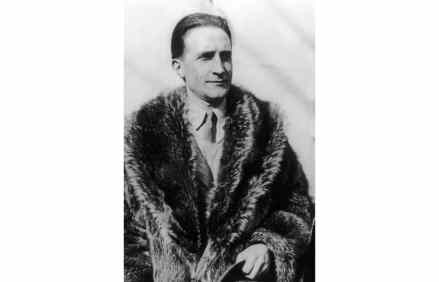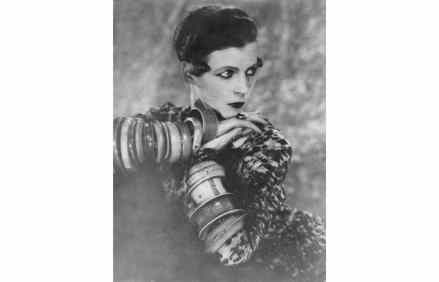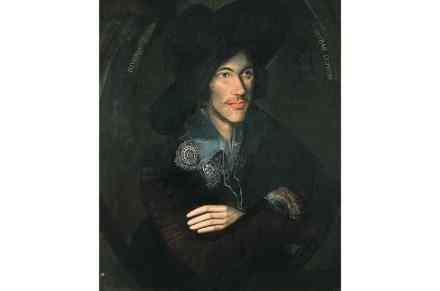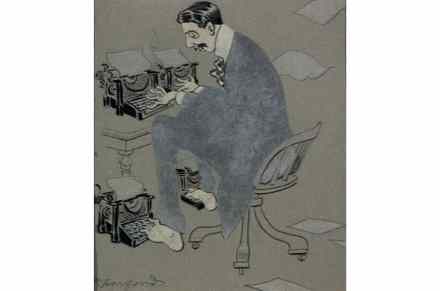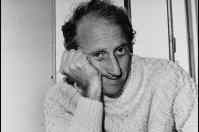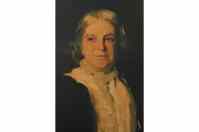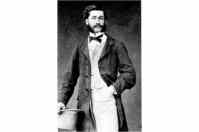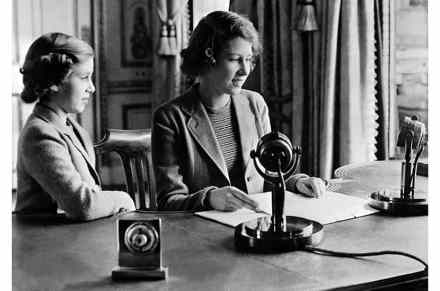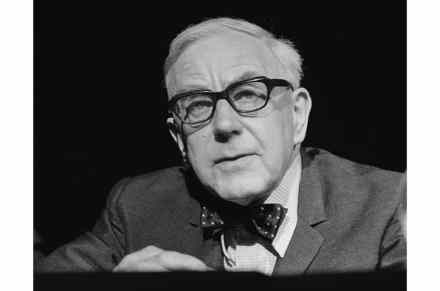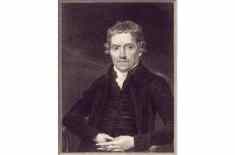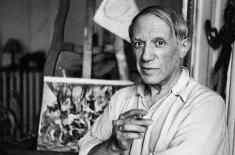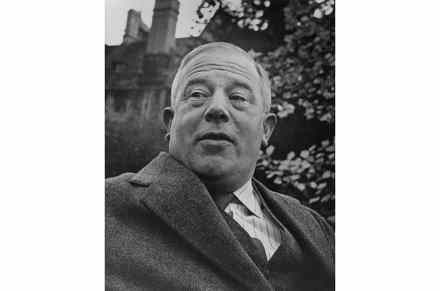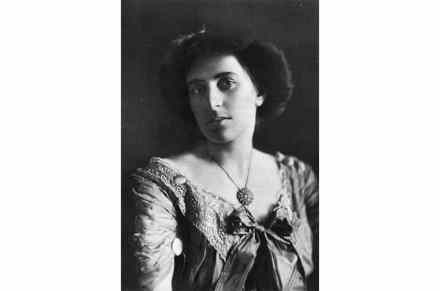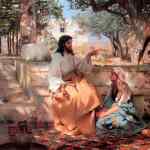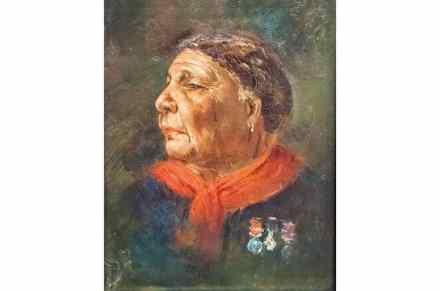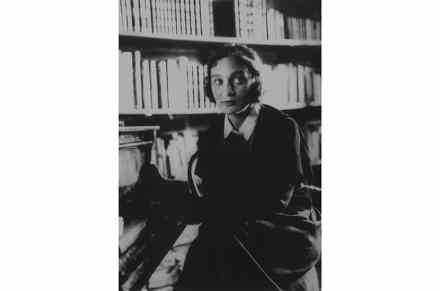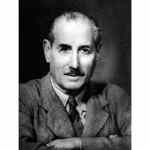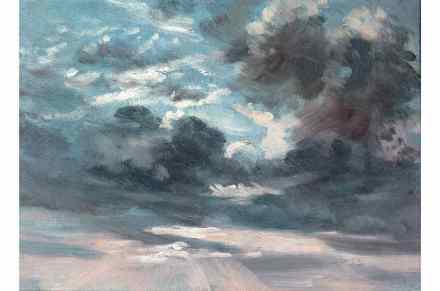The effortless magnetism of Marcel Duchamp
One could compile a fat anthology of tributes to Marcel Duchamp’s charm – especially what one friend called the artist’s ‘physical fineness’ – but it would be hard to top Georgia O’Keeffe’s memory of their first meeting: Duchamp was there and there was conversation. I was drinking tea. When I finished he rose from his chair, took my teacup and put it down at the side with a grace that I had never seen in anyone before and have seldom seen since. A tempest stirred by a teacup! Duchamp exerted – without ever exerting himself – a magnetism at once obvious and inexplicable Made famous by his painting ‘Nude Descending
